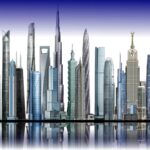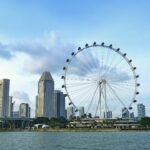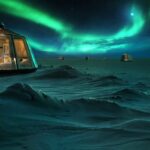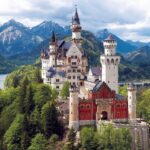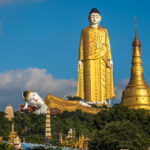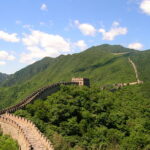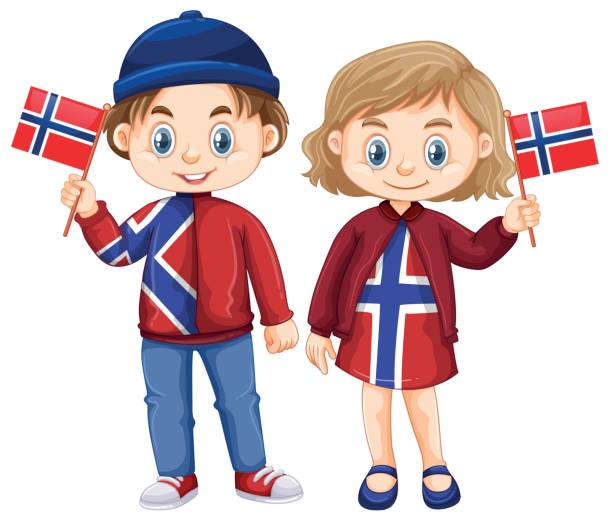
Norway, officially the Kingdom of Norway, is a Nordic country in Northern Europe, the mainland territory of which comprises the western and northernmost portion of the Scandinavian Peninsula. The remote Arctic island of Jan Mayen and the archipelago of Svalbard also form part of Norway. Bouvet Island, located in the Subantarctic, is a dependency of Norway; it also lays claims to the Antarctic territories of Peter I Island and Queen Maud Land. The capital and largest city in Norway is Oslo. (Source from Wikipedia)

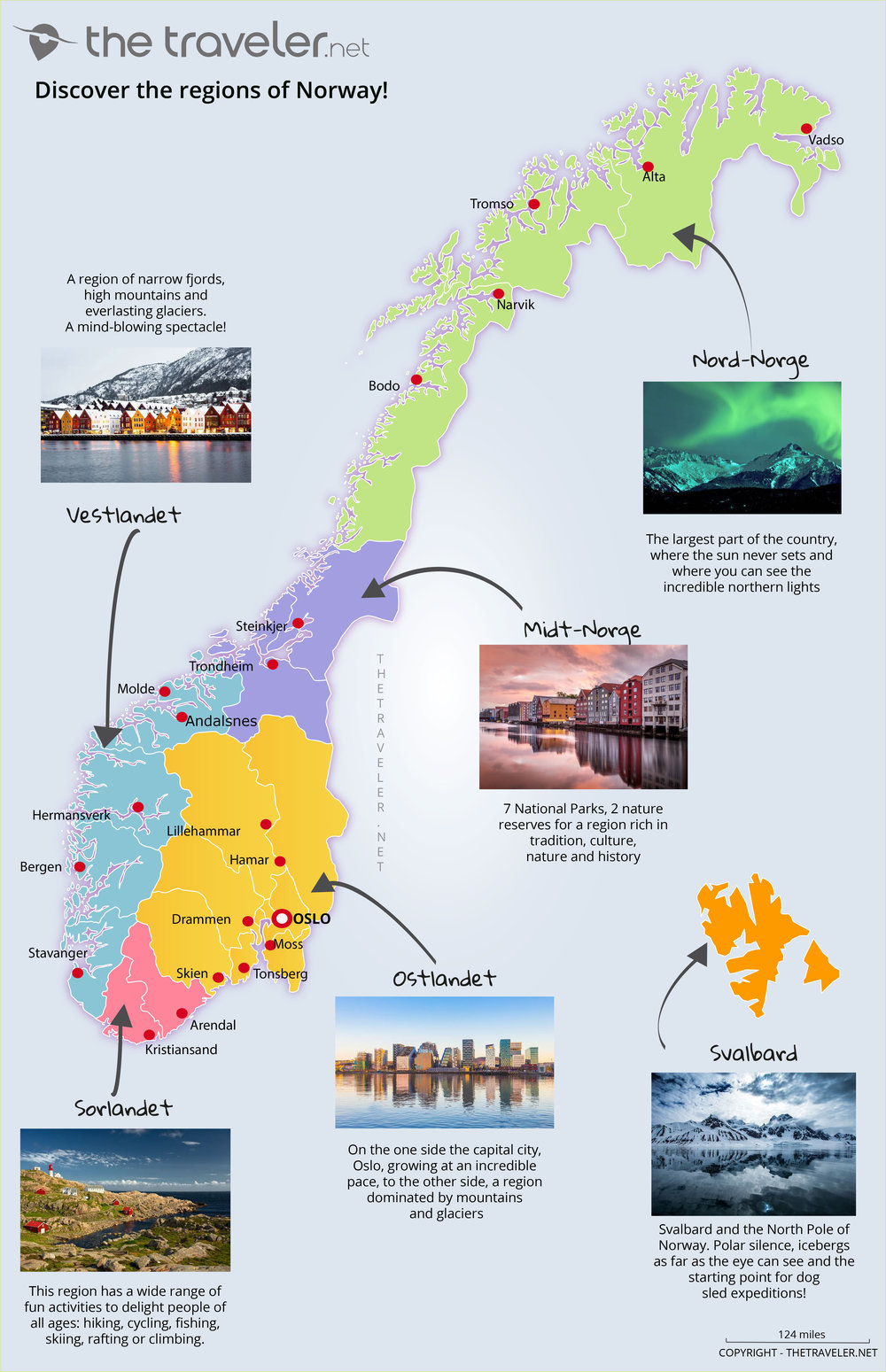

1. The Oslo region
Greater Oslo Region is a statistical metropolitan region surrounding the Norwegian capital of Oslo. The region includes the city of Oslo (population: 658,390), the entire county of Akershus (population: 573,326) and several municipalities in the counties of Buskerud (150,709), Oppland (8,552), Vestfold (27,695) and Østfold (102,808). It is divided into five areas: the city of Oslo (590,041), the Inner Circle of Greater Oslo (309,717), the Outer Circle of Greater Oslo (313,258), Drammen Region (150,655) and Moss Region (54,920).
![shutterstock_585700208_485982fbad3523054c969f95cfcbe84d[1]](https://hobbymart.net/wp-content/uploads/2022/06/shutterstock_585700208_485982fbad3523054c969f95cfcbe84d1-768x512.jpg)
![Oslo-Business_Region[1]](https://hobbymart.net/wp-content/uploads/2022/06/Oslo-Business_Region1-768x403.jpg)
![oslo-centre[1]](https://hobbymart.net/wp-content/uploads/2022/06/oslo-centre1-768x403.jpg)
![prod_1577989285868_image_oslo[1]](https://hobbymart.net/wp-content/uploads/2022/06/prod_1577989285868_image_oslo1-768x576.jpg)
![oslo[1]](https://hobbymart.net/wp-content/uploads/2022/06/oslo1-768x403.jpg)
![Oslo-Region-ejemplo-branding-ciudad-1024x613[1]](https://hobbymart.net/wp-content/uploads/2022/06/Oslo-Region-ejemplo-branding-ciudad-1024x6131-1-768x460.jpg)
2. Tromsø and the land of the northern lights
Tromsø, Norway is known as the Arctic Capital, making it the perfect spot to see the famous Northern Lights. Also called the Aurora Borealis, the Northern Lights are the pinnacle of skywatching. This atmospheric phenomenon has long captivated onlookers with its dancing waves of green light visible in northern Norway.
![24148057946_3617511545_b[1]](https://hobbymart.net/wp-content/uploads/2022/06/24148057946_3617511545_b1-768x503.jpg)
![460381-13830-clp-950[1]](https://hobbymart.net/wp-content/uploads/2022/06/460381-13830-clp-9501-768x433.jpg)
![Tromso-30[1]](https://hobbymart.net/wp-content/uploads/2022/06/Tromso-301-768x576.jpg)
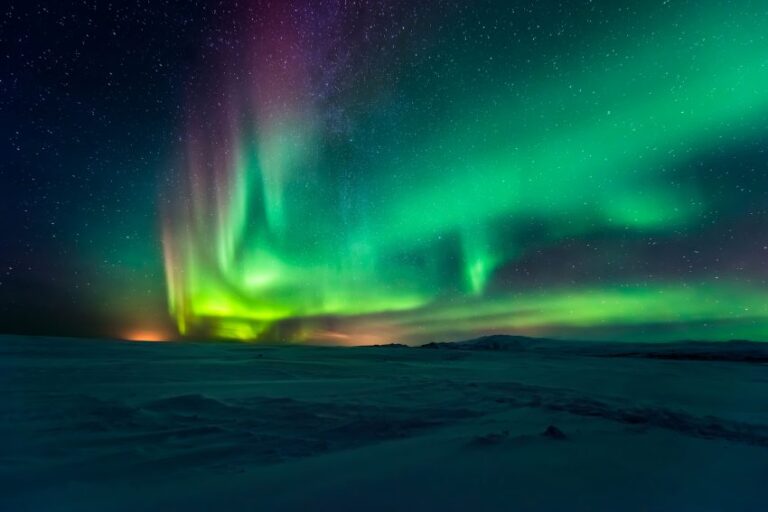

3. Lofoten and Nordland
Lofoten is an archipelago and a traditional district in the county of Nordland, Norway. Lofoten has distinctive scenery with dramatic mountains and peaks, open sea and sheltered bays, beaches and untouched lands. There are two towns, Svolvær and Leknes – the latter is approximately 169 km (105 mi) north of the Arctic Circle and approximately 2,420 km (1,500 mi) away from the North Pole. The archipelago experiences one of the world's largest elevated temperature anomalies relative to its high latitude.
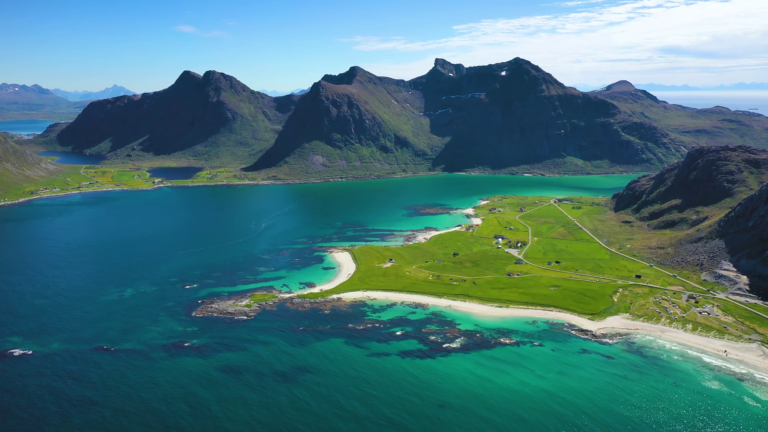
![18fd8f0013f194981caf0beefc748d3d[1]](https://hobbymart.net/wp-content/uploads/2022/06/18fd8f0013f194981caf0beefc748d3d1-768x501.jpg)
![28048098362_ed6afa84fd_b[1]](https://hobbymart.net/wp-content/uploads/2022/06/28048098362_ed6afa84fd_b1-768x512.jpg)
![place_image-image-0c0d5414-138e-4fc4-8af5-a03b67dd2c7a[1]](https://hobbymart.net/wp-content/uploads/2022/06/place_image-image-0c0d5414-138e-4fc4-8af5-a03b67dd2c7a1-768x360.jpg)

4. Bergen and the western fjords
Bergen is the gateway to some of Norway’s most famous fjords, including the Sognefjord, Norway’s longest and deepest fjord, in the north, and the Hardangerfjord – where you’ll find the famous mountain plateau Trolltunga – in the south. Many of the fjords have sidearms that are at least as beautiful, but far less busy.
![TA-HEADER-NOR[1]](https://hobbymart.net/wp-content/uploads/2022/06/TA-HEADER-NOR1-768x329.jpg)
![daa47feabb103035d8e17f26af071cb3[1]](https://hobbymart.net/wp-content/uploads/2022/06/daa47feabb103035d8e17f26af071cb31-768x576.jpg)
![fjords-bergen-scaled[1]](https://hobbymart.net/wp-content/uploads/2022/06/fjords-bergen-scaled1-768x384.jpg)
![bdef277153eb94fd7b30ca4f64b808a5[1]](https://hobbymart.net/wp-content/uploads/2022/06/bdef277153eb94fd7b30ca4f64b808a51.jpg)
5. The Geirangerfjord and the Northwest
The Geiranger Fjord is a fjord in the Sunnmøre region of Møre og Romsdal county, Norway. It is located entirely in the Stranda Municipality. It is a 15-kilometre-long branch off the Sunnylvsfjorden, which is a branch off the Storfjorden (Great Fjord). The small village of Geiranger is located at the end of the fjord where the Geirangelva river empties into it.
![02_Screen-copy-Robin-Strand_-Geiranger-264-1[1]](https://hobbymart.net/wp-content/uploads/2022/06/02_Screen-copy-Robin-Strand_-Geiranger-264-11-768x509.jpg)
![b0ae5667_6866_4ad3_b3a3_89b995357d42_d04daffe-b25c-425b-8584-796183ca06d4[1]](https://hobbymart.net/wp-content/uploads/2022/06/b0ae5667_6866_4ad3_b3a3_89b995357d42_d04daffe-b25c-425b-8584-796183ca06d41-768x384.jpg)
![Trollstigen-view-geiranger-Norway_2-1_0bac6f17-05ea-41f4-827d-e92dcd5a4eb0[1]](https://hobbymart.net/wp-content/uploads/2022/06/Trollstigen-view-geiranger-Norway_2-1_0bac6f17-05ea-41f4-827d-e92dcd5a4eb01-768x384.jpg)
![depositphotos_136363798-stock-photo-cruise-liners-on-geiranger-fjord[1]](https://hobbymart.net/wp-content/uploads/2022/06/depositphotos_136363798-stock-photo-cruise-liners-on-geiranger-fjord1-768x512.jpg)
6. The Stavanger region
Stavanger is a city and municipality in Norway. It is the fourth largest city and third largest metropolitan area in Norway (through conurbation with neighbouring Sandnes) and the administrative centre of Rogaland county. The municipality is the fourth most populous in Norway. Located on the Stavanger Peninsula in Southwest Norway, Stavanger counts its official founding year as 1125, the year the Stavanger Cathedral was completed. Stavanger's core is to a large degree 18th- and 19th-century wooden houses[8] that are protected and considered part of the city's cultural heritage. This has caused the town centre and inner city to retain a small-town character with an unusually high ratio of detached houses,[9] and has contributed significantly to spreading the city's population growth to outlying parts of Greater Stavanger.
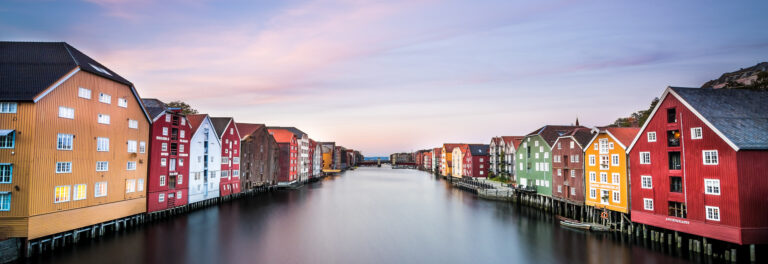
![city-4339920_1280-718x478[1]](https://hobbymart.net/wp-content/uploads/2022/06/city-4339920_1280-718x4781-1.jpg)
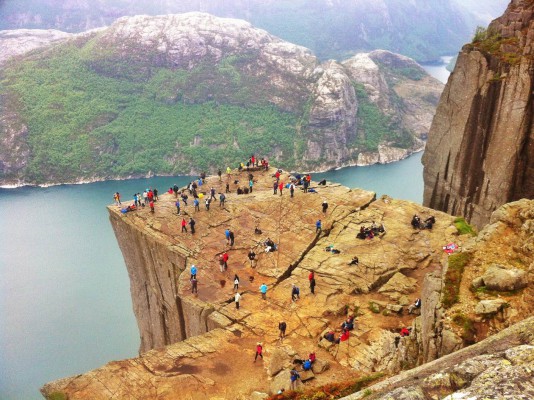
![94744687_c89d_463e_b054_18b74bb994b1_9aeae51f-41b4-40f3-b68a-d94a0bf7a53f[1]](https://hobbymart.net/wp-content/uploads/2022/06/94744687_c89d_463e_b054_18b74bb994b1_9aeae51f-41b4-40f3-b68a-d94a0bf7a53f1-768x384.jpg)
![stavanger[1]](https://hobbymart.net/wp-content/uploads/2022/06/stavanger1-768x512.jpg)
![lysefjorden[1]](https://hobbymart.net/wp-content/uploads/2022/06/lysefjorden1.jpg)

7. Trondheim and Trøndelag
Trondheim is a city and municipality in Trøndelag county, Norway. It has a population of 205,332 as of 2020, and is the third most populous municipality in Norway, although the fourth largest urban area. Trondheim lies on the south shore of Trondheim Fjord at the mouth of the River Nidelva. Among the major technology-oriented institutions headquartered in Trondheim are the Norwegian University of Science and Technology (NTNU), the Foundation for Scientific and Industrial Research (SINTEF), and St. Olavs University Hospital.
![37342558146_eedf4fd38a_b[1]](https://hobbymart.net/wp-content/uploads/2022/06/37342558146_eedf4fd38a_b1-768x512.jpg)
![TRONDELAG-01-099-9178418-Foto_Svein-Erik_Knoff_1500[1]](https://hobbymart.net/wp-content/uploads/2022/06/TRONDELAG-01-099-9178418-Foto_Svein-Erik_Knoff_15001-768x512.jpg)
![36704757664_ce8f271f0f_b[1]](https://hobbymart.net/wp-content/uploads/2022/06/36704757664_ce8f271f0f_b1-768x512.jpg)
![37097863900_ca716c16de_b[1]](https://hobbymart.net/wp-content/uploads/2022/06/37097863900_ca716c16de_b1-768x512.jpg)
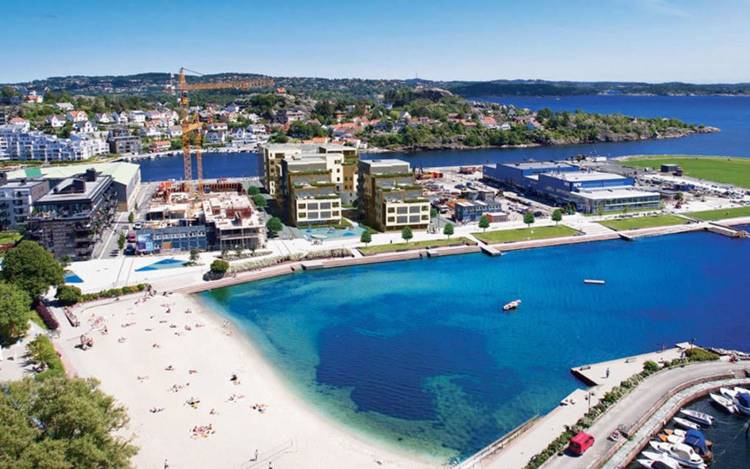
8. Kristiansand and Southern Norway
Kristiansand is a seaside resort city and municipality in Agder county, Norway. The city is the fifth-largest and the municipality the sixth-largest in Norway, with a population of around 112,000 as of January 2020, following the incorporation of the municipalities of Søgne and Songdalen into the greater Kristiansand municipality. In addition to the city itself, Statistics Norway counts four other densely populated areas in the municipality: Skålevik in Flekkerøy with a population of 3,526 in the Vågsbygd borough, Strai with a population of 1,636 in the Grim borough, Justvik with a population of 1,803 in the Lund borough,[3] and Tveit with a population of 1,396 (as of January 2012) in the Oddernes borough.
![fb1[1]](https://hobbymart.net/wp-content/uploads/2022/06/fb11-768x510.jpg)
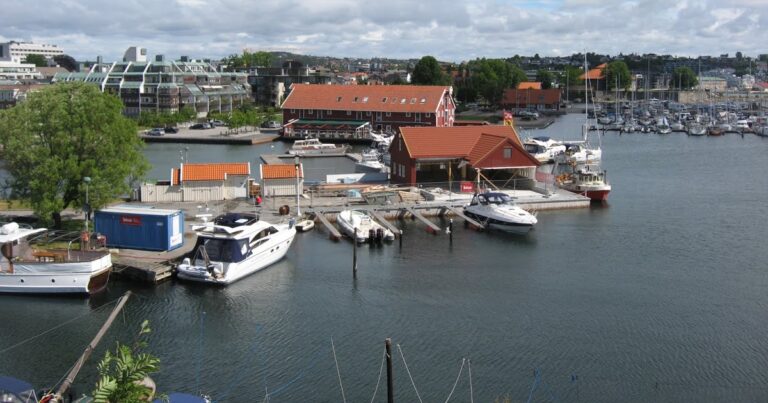
![718e18_673f41c82672489886d1621ee41b3b21~mv2[1]](https://hobbymart.net/wp-content/uploads/2022/06/718e18_673f41c82672489886d1621ee41b3b21mv21-768x500.jpg)
![5ccaf1f4d775cf106c546f54_Kanonmuseet-foto-arild-andersen[1]](https://hobbymart.net/wp-content/uploads/2022/06/5ccaf1f4d775cf106c546f54_Kanonmuseet-foto-arild-andersen1-768x337.jpg)

9. The mountains and valleys of Eastern Norway
Eastern Norway (Bokmål: Østlandet, Nynorsk: Austlandet) is the geographical region of the south-eastern part of Norway. It consists of the counties Vestfold og Telemark, Viken, Oslo and Innlandet. Eastern Norway is by far the most populous region of Norway. It contains the country's capital, Oslo, which is Norway's most populous city.

10. The Svalbard Islands
Svalbard, also known as Spitsbergen, or Spitzbergen, is a Norwegian archipelago in the Arctic Ocean. North of mainland Europe, it is about midway between the northern coast of Norway and the North Pole. The islands of the group range from 74° to 81° north latitude, and from 10° to 35° east longitude. The largest island is Spitsbergen, followed by Nordaustlandet and Edgeøya. The largest settlement is Longyearbyen.



